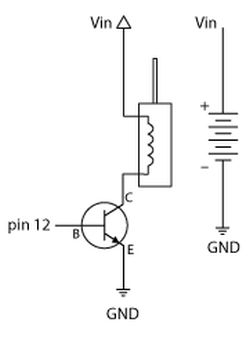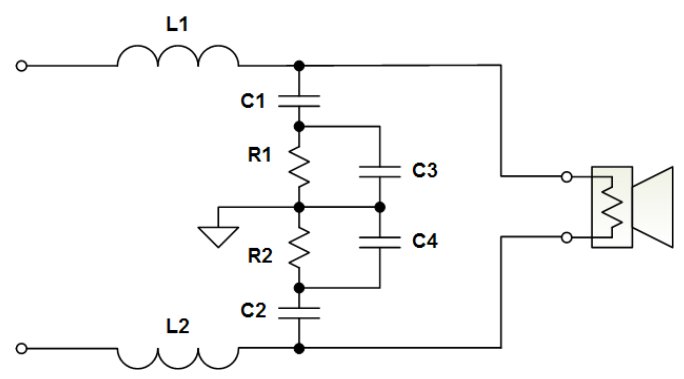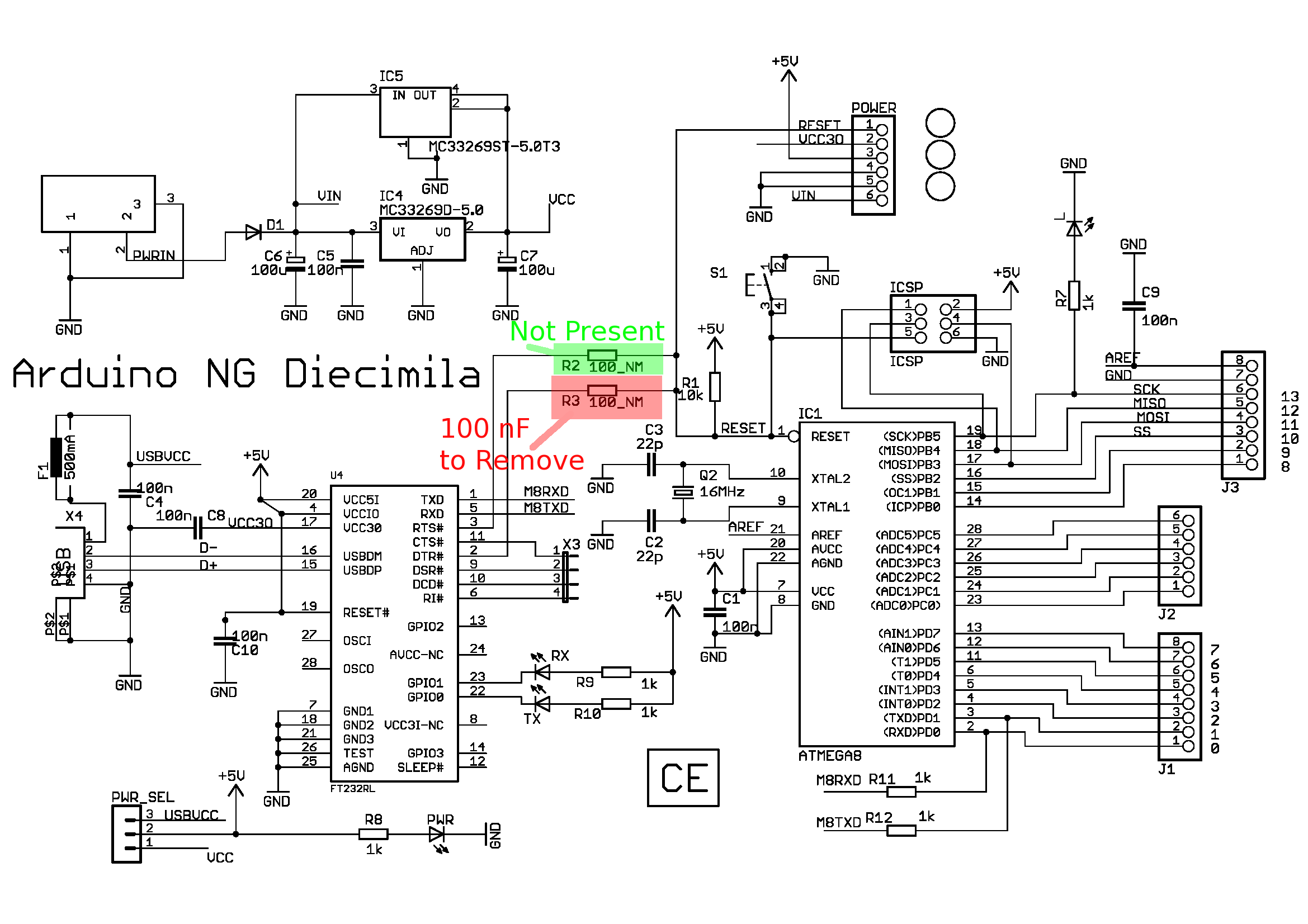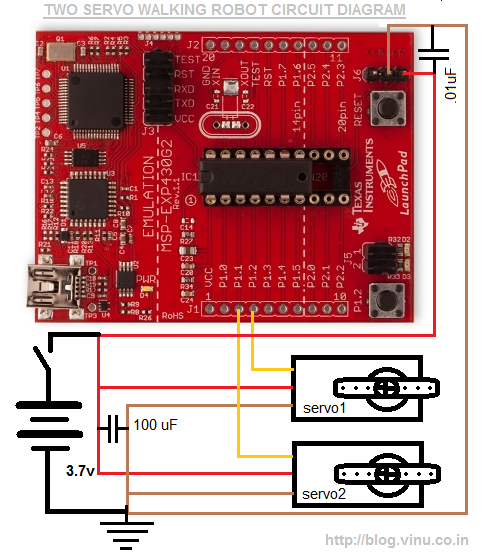
Knock Block using an Arduino board

Humanity has long grappled with the concept of Time, often seeking ways to interact with it meaningfully. A proposed solution is a knocking platform designed to address these fundamental needs, exemplified by the Knock Block KUI and its associated Clock Knock Block application. The Knock Block features a realistic knocking mechanism that mimics human-like variations in frequency and amplitude. Users can simply knock on the Knock Block or the surface it rests upon, prompting it to respond by knocking back the time. Initially, it will indicate the hour, followed by the quarter hours. Inside the elegant mahogany exterior lies an Arduino microcontroller that interprets vibrations from a piezoelectric sensor and transmits this information via a solenoid that taps against the resonant lid of the block. The device is powered by one or two 9V batteries. The enclosure design is flexible; however, the prototype was crafted from a block of mahogany using a ShopBot CNC machine. The design process involved creating a 2D file with specific depth settings for the machine. Post-routing, the assembly was hand-sanded, particularly the edges, to achieve a smooth, rounded finish. The lid is designed to press-fit onto the body, eliminating the need for fasteners. As long as the material is robust and allows for sound reverberation, it is suitable. Additionally, an acrylic bracket was fabricated to securely hold the internal components, particularly the solenoid, away from the sides to prevent sound dampening.
The Knock Block serves as an innovative timekeeping device that combines tactile interaction with auditory feedback. The core functionality relies on the Arduino microcontroller, programmed to process input from the piezoelectric sensor. This sensor detects the vibrations created when the user knocks on the block, converting these mechanical movements into electrical signals. The Arduino interprets these signals to determine the timing of the knocks, allowing it to communicate the current time effectively.
The solenoid is a critical component, acting as the actuator that produces the knocking sound. When the Arduino signals the solenoid, it rapidly extends and retracts, striking the lid of the block. The choice of materials is essential; the mahogany exterior not only provides aesthetic appeal but also contributes to the acoustic properties of the device. The resonant lid enhances the sound produced by the solenoid, ensuring that the knocks are audible and clear.
Power management is facilitated through the use of one or two 9V batteries, providing sufficient energy for the Arduino and solenoid operation. The design allows for easy battery replacement, ensuring the longevity of the device. The acrylic bracket plays a vital role in maintaining the structural integrity of the internal components, preventing any potential interference with sound quality.
The overall design emphasizes simplicity and functionality, allowing for customization based on user preferences. The device can be adapted to various materials and shapes, provided they meet the necessary criteria for sound resonance and durability. This flexibility in design makes the Knock Block a versatile platform for exploring the interaction between time and tactile feedback, appealing to both technology enthusiasts and those interested in innovative timekeeping solutions.Man has long wrestled with Time. Also, with knocking on things and not getting the time of day. We propose a knocking platform through which these fundamental needs are met. This is illustrated with the Knock Block KUI and accompanying Clock Knock Block application. The Knock Block possesses realistic knocking action with a human-like variation in frequency and amplitude of knocks. Just knock on the Knock Block, or even the surface on which it`s resting, and it will knock back the time to you. First it will knock the number of hours, and then the quarter hours. What`s inside that rich mahogany exterior An Arduino that reads vibrations from a piezoelectric sensor and relays back information with a solenoid tapping against the resonant lid of the block.
It`s all powered by one or two 9V batteries. Exactly how you make your case is up to you, but ours was carved from a block of mahogany by a ShopBot CNC machine. Our design was simple so we made a 2D file and just set depths for the machine to cut (our DXF file is attached below).
After routing, we handsanded the whole thing, but especially the edges to make them nice and rounded. We designed the lid to pressfit onto the body so there are no fasteners. As long as it`s hard and has some space to allow the knocking to reverbrate through the body, you`re fine.
We also cut an acrylic bracket that holds the parts (especially the solenoid) in place and away from the sides where they might dampen the sound. 🔗 External reference
The Knock Block serves as an innovative timekeeping device that combines tactile interaction with auditory feedback. The core functionality relies on the Arduino microcontroller, programmed to process input from the piezoelectric sensor. This sensor detects the vibrations created when the user knocks on the block, converting these mechanical movements into electrical signals. The Arduino interprets these signals to determine the timing of the knocks, allowing it to communicate the current time effectively.
The solenoid is a critical component, acting as the actuator that produces the knocking sound. When the Arduino signals the solenoid, it rapidly extends and retracts, striking the lid of the block. The choice of materials is essential; the mahogany exterior not only provides aesthetic appeal but also contributes to the acoustic properties of the device. The resonant lid enhances the sound produced by the solenoid, ensuring that the knocks are audible and clear.
Power management is facilitated through the use of one or two 9V batteries, providing sufficient energy for the Arduino and solenoid operation. The design allows for easy battery replacement, ensuring the longevity of the device. The acrylic bracket plays a vital role in maintaining the structural integrity of the internal components, preventing any potential interference with sound quality.
The overall design emphasizes simplicity and functionality, allowing for customization based on user preferences. The device can be adapted to various materials and shapes, provided they meet the necessary criteria for sound resonance and durability. This flexibility in design makes the Knock Block a versatile platform for exploring the interaction between time and tactile feedback, appealing to both technology enthusiasts and those interested in innovative timekeeping solutions.Man has long wrestled with Time. Also, with knocking on things and not getting the time of day. We propose a knocking platform through which these fundamental needs are met. This is illustrated with the Knock Block KUI and accompanying Clock Knock Block application. The Knock Block possesses realistic knocking action with a human-like variation in frequency and amplitude of knocks. Just knock on the Knock Block, or even the surface on which it`s resting, and it will knock back the time to you. First it will knock the number of hours, and then the quarter hours. What`s inside that rich mahogany exterior An Arduino that reads vibrations from a piezoelectric sensor and relays back information with a solenoid tapping against the resonant lid of the block.
It`s all powered by one or two 9V batteries. Exactly how you make your case is up to you, but ours was carved from a block of mahogany by a ShopBot CNC machine. Our design was simple so we made a 2D file and just set depths for the machine to cut (our DXF file is attached below).
After routing, we handsanded the whole thing, but especially the edges to make them nice and rounded. We designed the lid to pressfit onto the body so there are no fasteners. As long as it`s hard and has some space to allow the knocking to reverbrate through the body, you`re fine.
We also cut an acrylic bracket that holds the parts (especially the solenoid) in place and away from the sides where they might dampen the sound. 🔗 External reference





